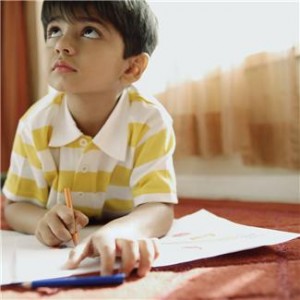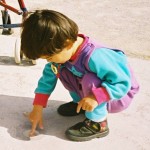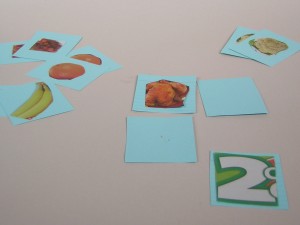Part of kindergarten readiness includes supporting different ways of learning. Do you, even as a grown-up, find learning some things easy and some very hard? That happens for children, not just adults. In a way, brains have personalities and different ways that they learn. Learning styles are individual preferences and ways to learn that are stronger than others. There are 3 basic learning styles: visual, auditory and kinesthetic.
 Generally, children that are strong visual learners like pictures and images. They enjoy and are good at puzzles. They build and create with construction toys like blocks or lego. Drawing may be a favorite activity as well and something that they do earlier than other children. We may notice a child who watches others carefully; this is often a clue to a visual learning style. Kids with strong visual styles may not remember the words to songs, even if they have heard them over and over. They might be reluctant to play silly word games. And they have more of a challenge to remember what they have been asked to do.
Generally, children that are strong visual learners like pictures and images. They enjoy and are good at puzzles. They build and create with construction toys like blocks or lego. Drawing may be a favorite activity as well and something that they do earlier than other children. We may notice a child who watches others carefully; this is often a clue to a visual learning style. Kids with strong visual styles may not remember the words to songs, even if they have heard them over and over. They might be reluctant to play silly word games. And they have more of a challenge to remember what they have been asked to do.
Support for this type of learner is both encouraging the activities that your child is good at and including activities that are more challenging. Telling stories, using different voices to say things and singing songs will help strengthen auditory learning skills and help your child expand different ways to learn. Brain development will promote kindergarten readiness. Do you think your child has a visual learning style?


